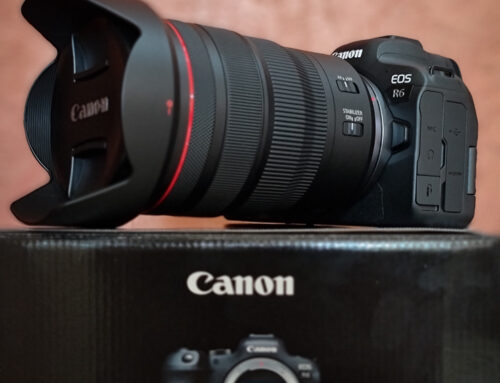I receive enquires if my photography programs include photoshop.
Photoshop has become a synonym for post photography processing just like Xerox became a synonym for photocopy.
Not everyone needs Photoshop, just any good post processing application will do.
The proprietary Digital Photo Professional (Canon) and Capture NX-D (Nikon) are free for Canon/Nikon users
and do a decent job processing respective RAW images (.CR2/.NEF) and jpegs.
The Post Processing App is not just an image correction and enhancement tool but also a photo management workflow.
From the camera, copy to transfer them on to the computer’s or external hard disk.
Remember, I said copy and not move. It is always good to leave your images on your SD card unless
you have already made multiple copies of it just to ensure if one disk gets corrupted you still have a copy secured elsewhere.
There are 2 basic reasons why you should start managing your images.
First, control the images from flooding every storage device.. a copy in your laptop, another in your phone,
another of the same in your external hard drive and one more in your pen drive.
Second, after couple of years into photography, if you want to retrieve an image; you should first know where the image resides (its exact location in your hard drive).
With the post processing workflow, you not only control the number of images but also ensure what is being held in the hard drives are good finalised images
and the indexing system and collections will help search for and retrieve images anytime.
The Post Processing Application — a Correction and Image Enhancement Tool.
The pre-req to a good processed image is good photography skills.
Good images on camera can become better with the effective use of the processing tool; making the required corrections and enhancements.
A bad image might take too much of your time behind the computer to make it look at least Ok.
It’s an utter waste of time and effort.
Is the intention to become less of a photographer and more of a digital illustrator??
Having a strong post processing tool does not allow you to become a complacent photographer.
You should continue to spend more time with your camera.
Learn to shoot better images; understand light, know your camera/lenses, and develop a creative thought process.
Select the right application based on what kind of post processing you expect to perform.
Lightroom can do many amazing things that Photoshop can. But photoshop can do much more.
There are tools available in various panels and knowing what each one does is important.
Check your image and note all the changes it would need. The changes you make can effect the image universally or locally.
Then, follow a method of moving from one panel to another and use only the necessary tool/s to make the needed change/s.
Without understanding what changes/corrections the image needs you will be mired with the functions that these apps deliver.
Be wary of Over Processing and it’s ill effects.
Not all images need the use of all the tools in your processing application.
Images should retain as much originality as possible after processing.
Know the limits, be in control and don’t go overboard.
Many images have the (over) processed look, overtly sharp – over saturated colours, making it look like digital art than a photograph.
Images end up looking less real and more surreal.
Some of the popular apps are:
Adobe Lightroom, Adobe Photoshop CS, Skylum Luminar, Capture One, On1 Photo Raw, ADDSee Photo Studio Ultimate, GIMP.
Do your research. Cost and Productivity matters.
Work with the trial version to get a hang of the apps.
Note that Free Trial versions will not have all the features that the Paid Full versions deliver.
The intention to post process should always be – correct and enhance your image without losing the essential reality factor of the image.
Knowledge of photography concepts, camera skills, and the creative thought process are definite requisites to perform post photography processing.






Great details Santosh. Keep it coming
Thank you, Niraj..
Super sir, awesome information
Thanks Uma..